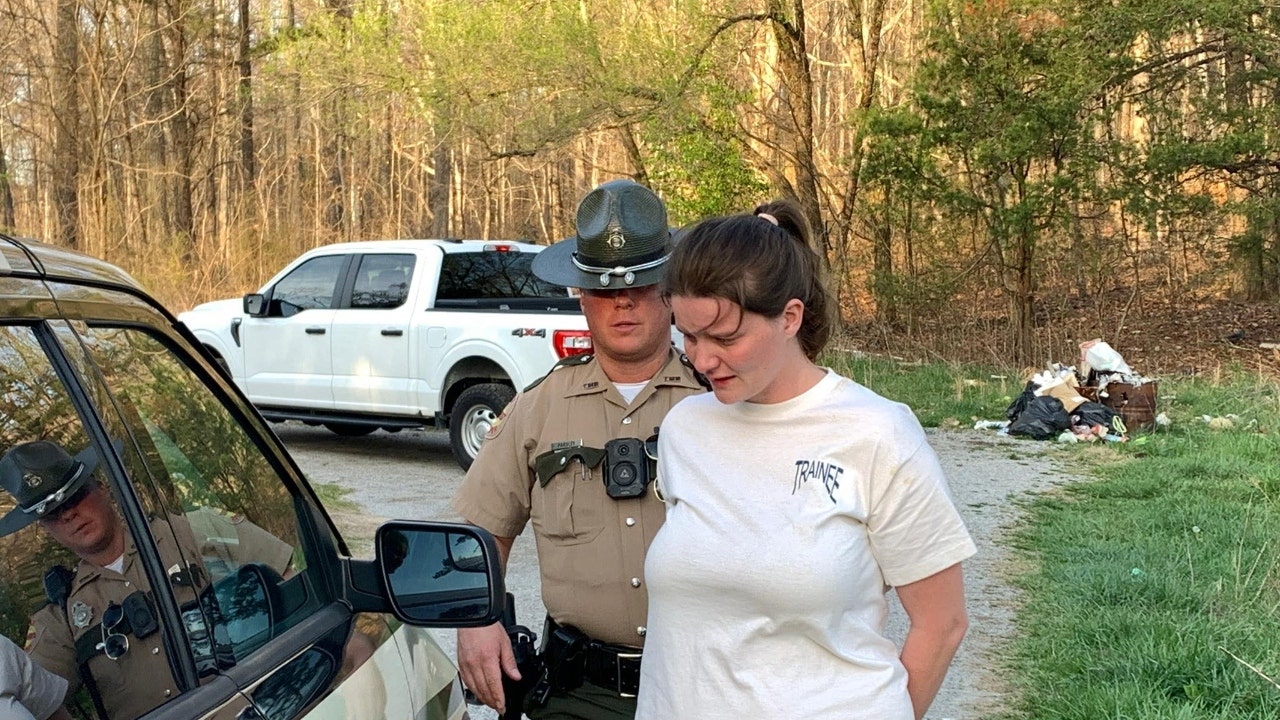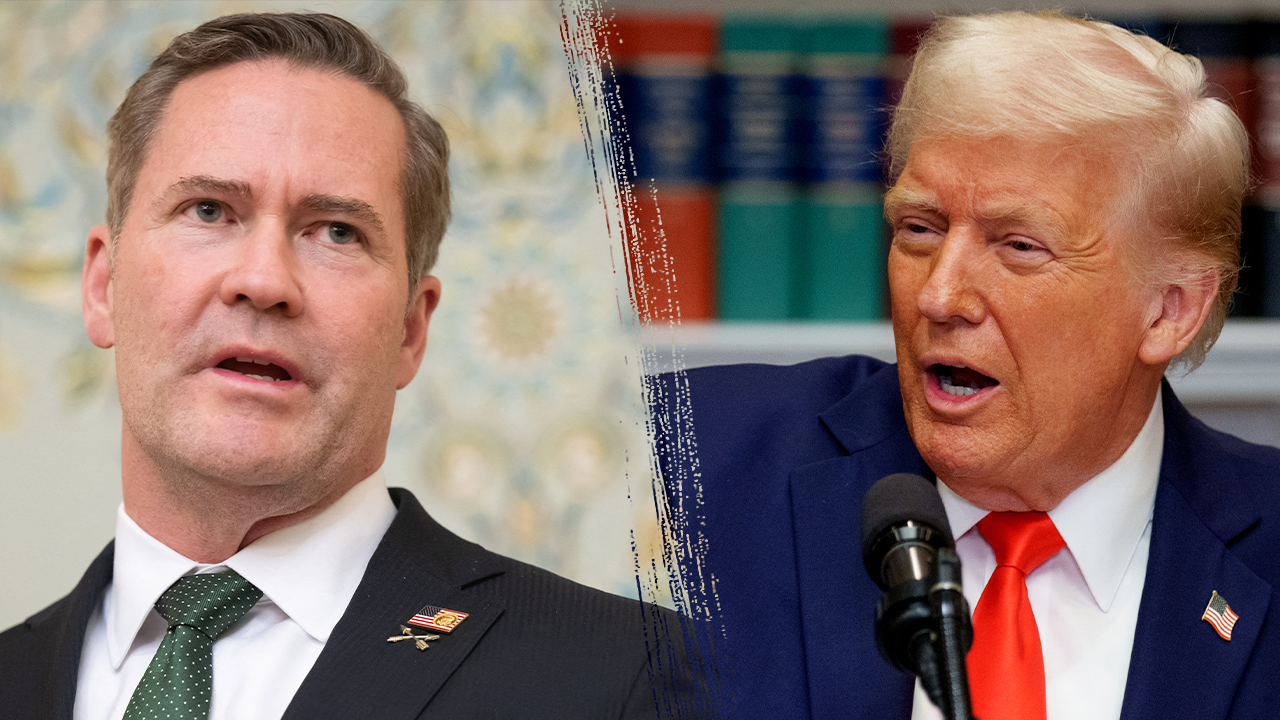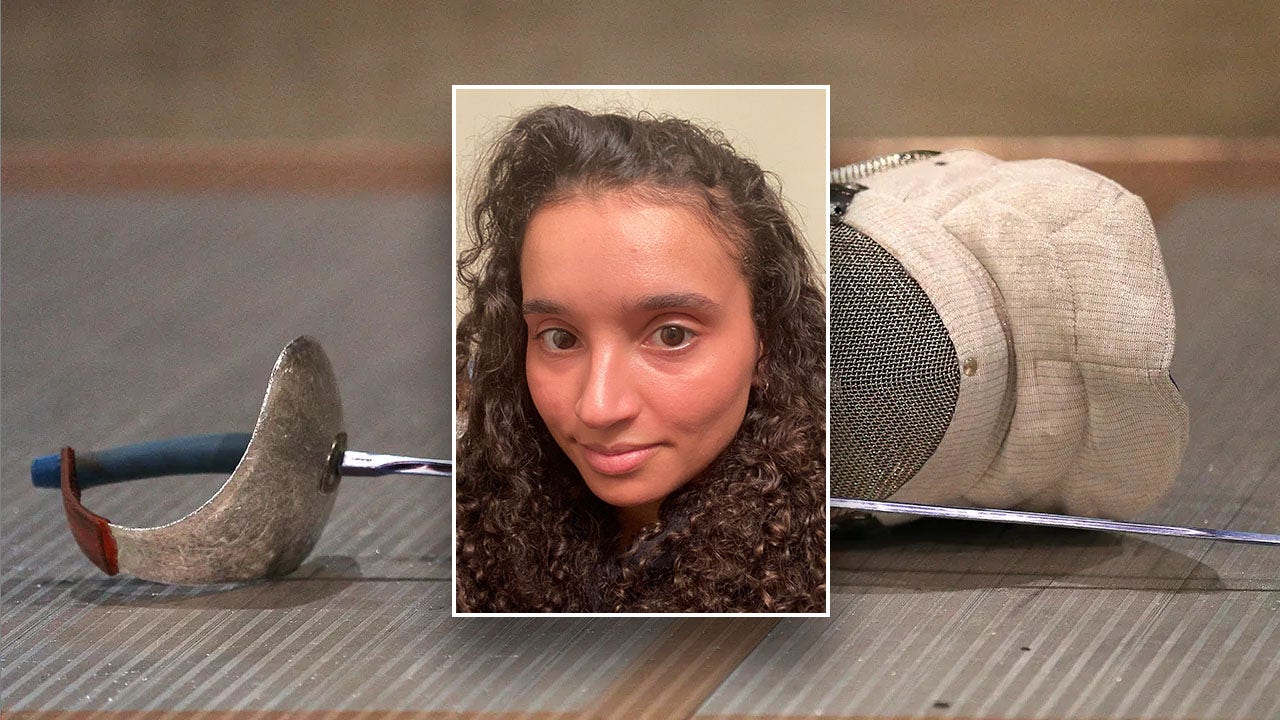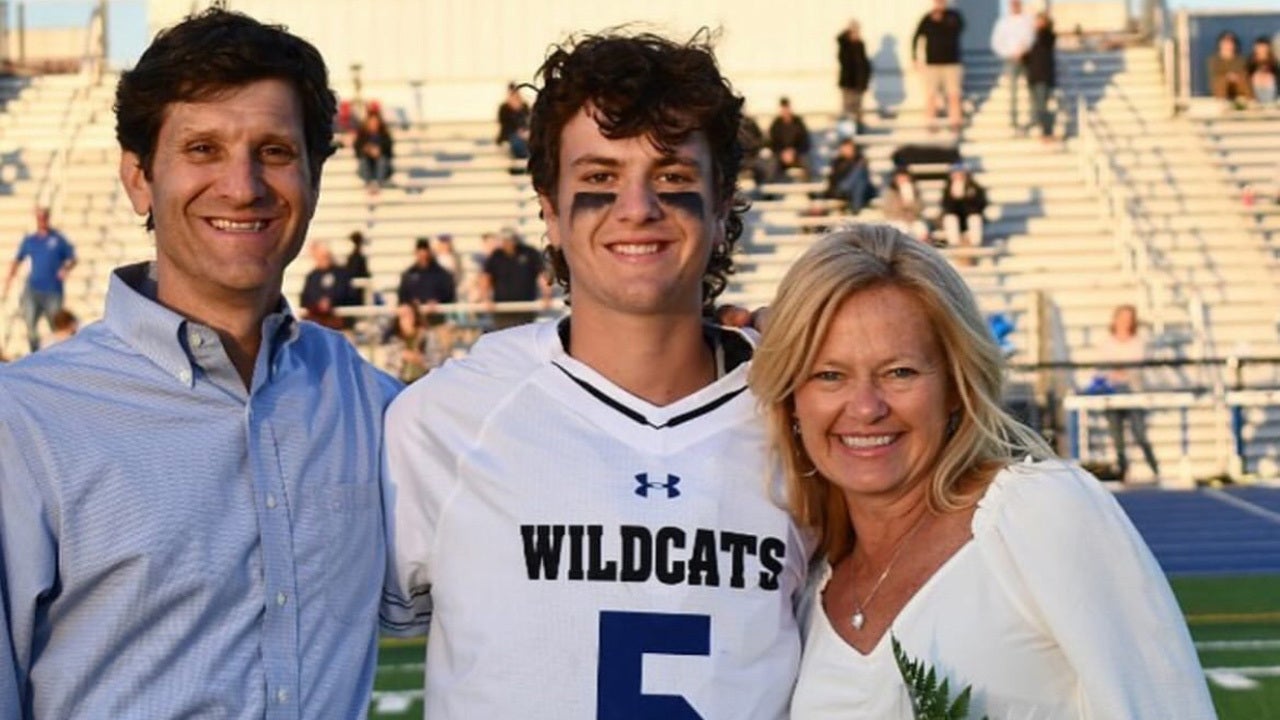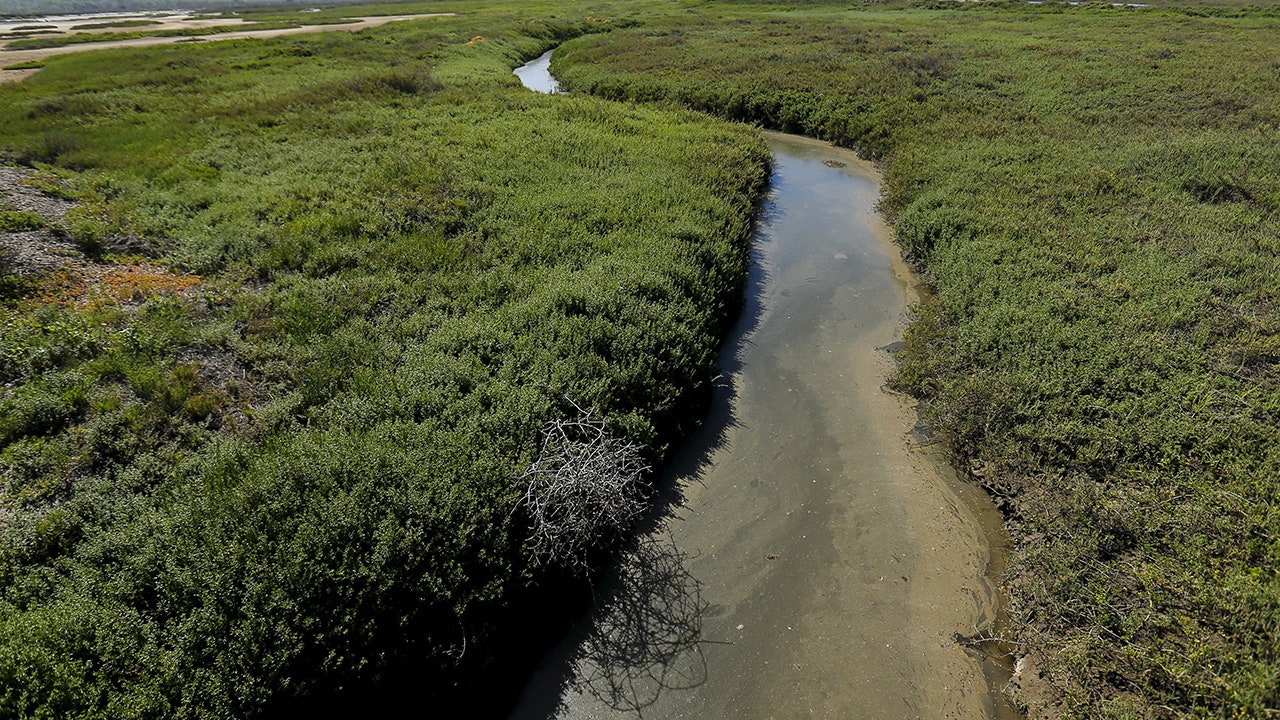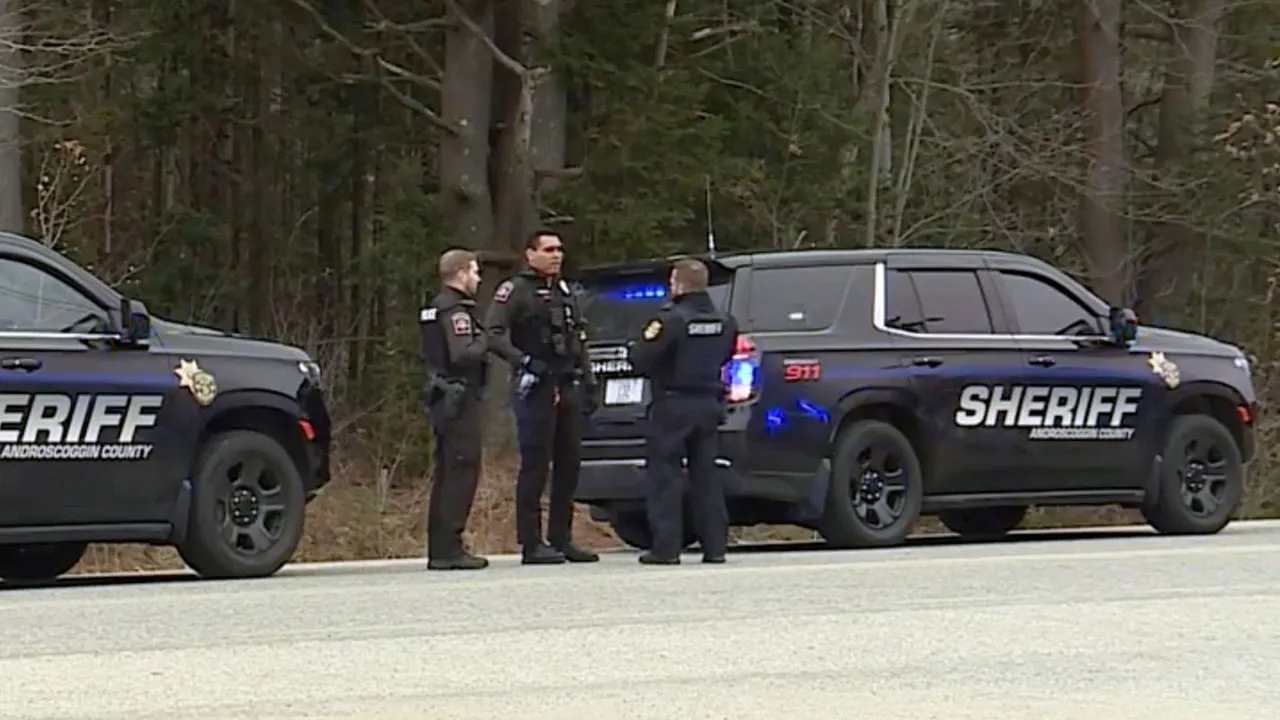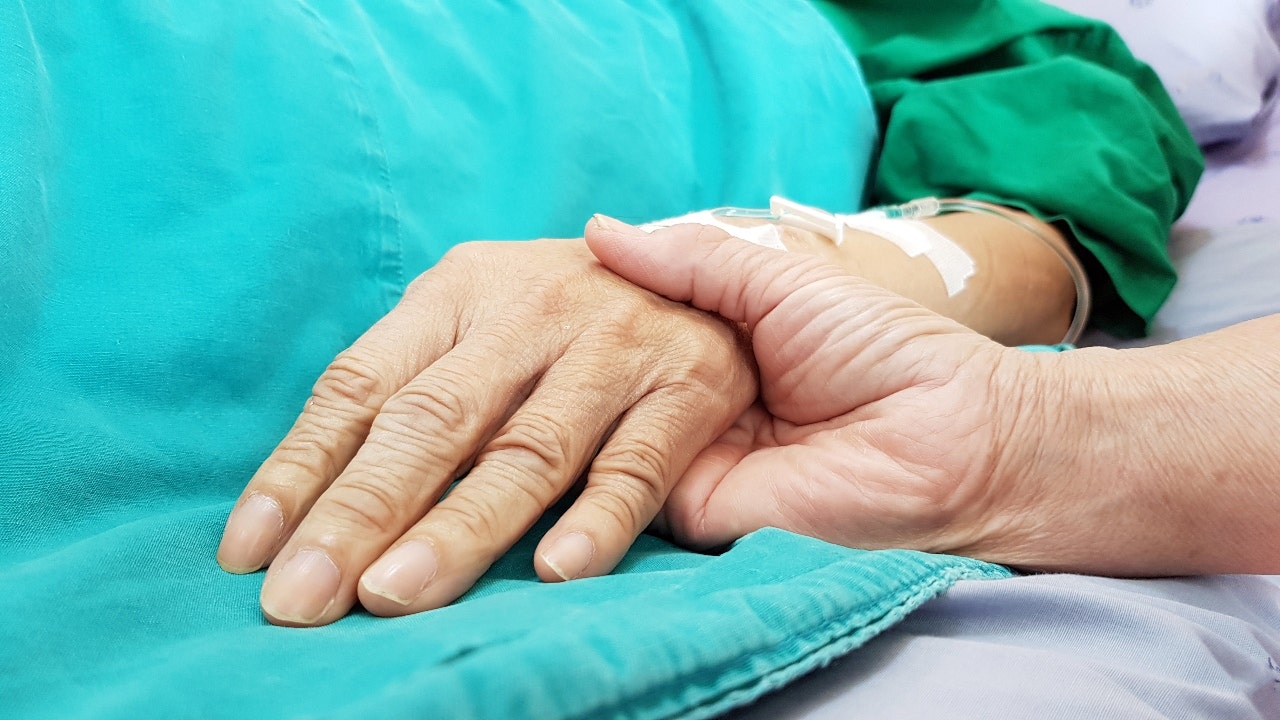Two of New York City’s firefighter unions are slamming the newly implemented $9 congestion toll plan, saying Sunday that it will likely hurt response times — which “could mean a difference between life and death.”
FDNY firefighters came out against the scheme on Sunday, just as drivers began getting charged for entering Manhattan below 61st Street. The toll is $9 during peak hours — from 5 a.m. to 9 p.m. on weekdays and 9 a.m. to 9 p.m. on weekends — and $2.25 for off-peak hours.
New York’s Bravest warned the new tolls could delay emergency response time as firefighters will no longer use their cars to quickly get around the city, and instead be forced to try and navigate more congested streets in firetrucks.
“Fire engines and fire trucks will be delayed because the FDNY will have to use those vehicles to move firefighters around the city because firefighters that will no longer bring their cars into the zone will have no other way to get to a different work location with their gear,” said Uniformed Firefighters Association President Andrew Ansbro.
Increased traffic congestion north of 60th Street will likely also lead to slower response times, which “could mean the difference between life and death,” according to Ansbro.
“This is not just a logistical issue — it’s a public health crisis in the making,” he added.
Members of the Uniformed Fire Officers Association (UFOA) also slammed the economic impact congestion pricing will have on New Yorkers, with the change likely to cost residents millions annually.

“Congestion pricing will burden residents with millions in added costs annually. It’s an unfair tax that doesn’t account for the critical needs of emergency services,” UFOA President James Brosi said.
Both unions are urging city officials to consider exemptions to the plan for emergency services, warning the current structure puts New Yorkers’ lives at risk.
“Congestion pricing should not come at the expense of public safety ,” both leaders said in a joint statement. “We urge city and state officials to address these critical concerns before implementing a policy that puts every New Yorker at risk.”
Read the full article here



